The gas gauge and speedometer form the essential parts of a car. The gauge helps in alerting you when it’s time to refuel the vehicle. The speedometer measures the car’s speed when driving. This makes it easy to operate the car.
However, there are some cases where both fail to operate. There are innumerable ways to fix the problems. This article entails tips on how to improve a failed speedometer and gas gauge. Follow the directions, and you will be able to fix the issues independently without the help of an expert.
The Gas gauge: Components of the gas gauge
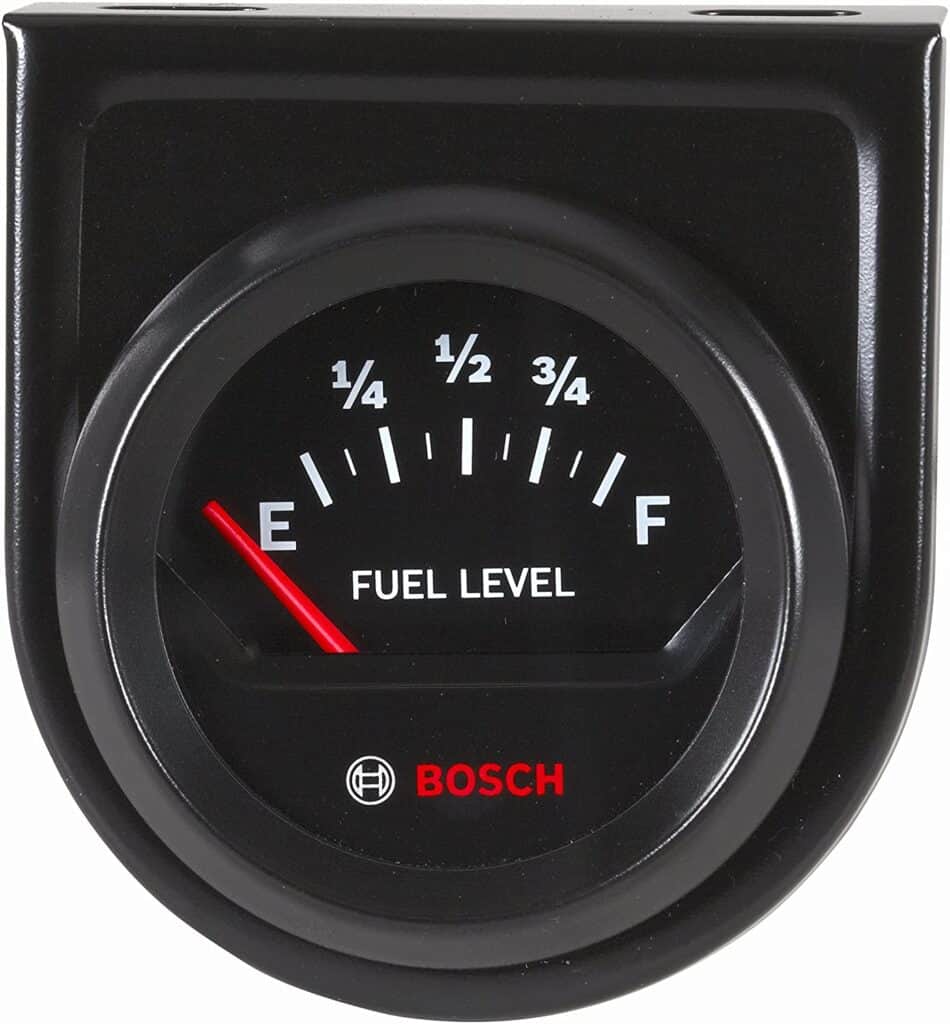
- Gas gauge circuit-This component connects the gas gauge, sending unit and the battery.
- Gas gauge- It is a visual indication of activity in the fuel tank and the sending unit.
- Sending unit- The combination includes the fuel tank, fuel filter, input voltage, and fuel strainer.
If any of the above components do not function properly, the gauge will be damaged, thus showing false readings.
Causes of gas gauge failure
1. Circuit problems
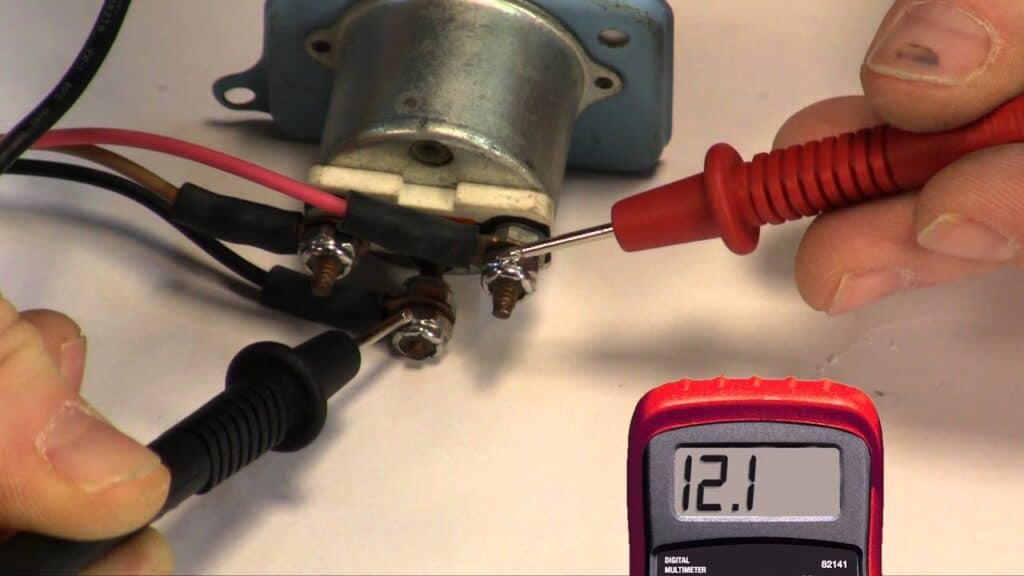
Circuit problems can be a cause of gas gauge failure in many cases. With circuit problems, a voltage may be absent in the fuel sender. This makes it impossible for the gas gauge to receive any voltage feedback. In other instances, there can be a loose connection or corrosion at the fuel pump module.
Since the gas gauge is wiring that connects the gas gauge, sending unit and the regular battery checkups should be embraced.
How to fix the problem
Try checking for dirty or loose wiring. Remove the ground connection, clean and reattach again. You are also required to inspect the wiring to confirm any break or damage. Before removing the ground connection, always ensure minimal gas in the car or has been siphoned out.
2. Instrument cluster failure
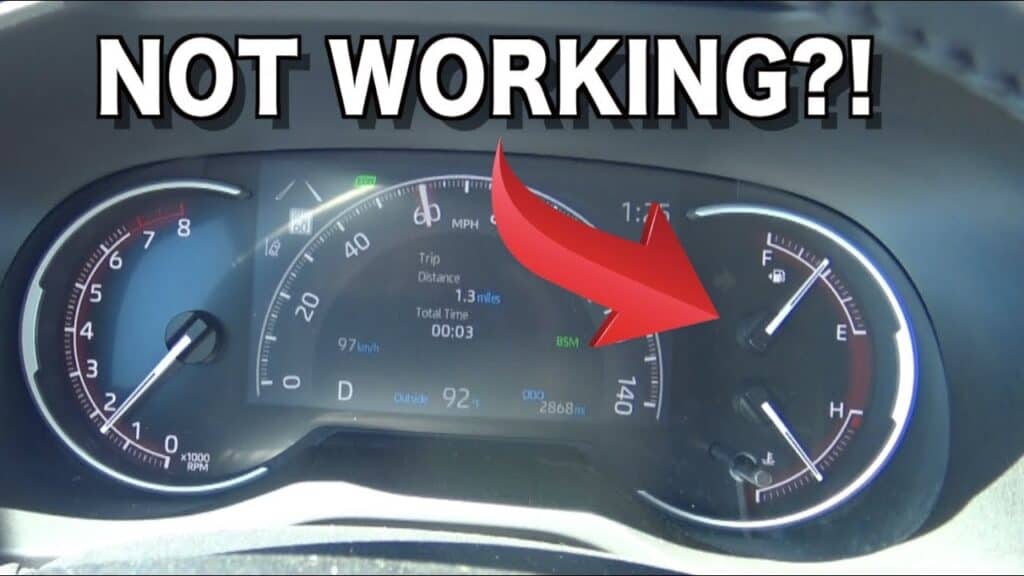
The problem could be arising from instrument cluster failure. The instrument cluster includes the fuel gauge, speedometer among others. This type of failure is least common in many vehicles. It is believed to be the most expensive problem to fix.
How to fix the problem
If you find out the problem arises from the instrument cluster, the whole unit needs to be replaced. Always check the car’s warranty if the problem is associated with the instrument problem. The car dealer can easily give you another vehicle or repair your car without incurring any expenses.
3. Sender failure

Sender failure is another cause of gas gauge troubleshooting. The sending unit sends the fuel level signal to the dashboard indicator. When driving, the sending unit is constantly in motion. When the car is frequently driven, chances of open or short circuits are increased. In an open circuit, the gas gauge will interpret the change in voltage from the failed sending unit. It may read full or empty.
How to fix the problems
You can efficiently conduct a fuel sender test on your own. Conduct the test when the tank is lower than half. This helps prevent oil splashing. To ensure the fuel sending unit is receiving the accurate voltage, set the multimeter to 20 volts. Check the user manual for proper voltage. If the sender unit is highly damaged, replacement is the only option left.
4. Fuel gauge failure
Fuel gauge failure means that there is a problem with receiving input from the sender.
How to fix the problem
Conduct a gas gauge test to solve the problem; regular servicing and check up on the car are also recommendable.
The speedometer: Causes of speedometer failure
A speedometer is a circular gauge that is commonly located on the dashboard of the car. Modern vehicles have speedometers entailing two rows of numbers. They indicate both miles per hour and kilometres per hour.
1. Faulty speed sensor
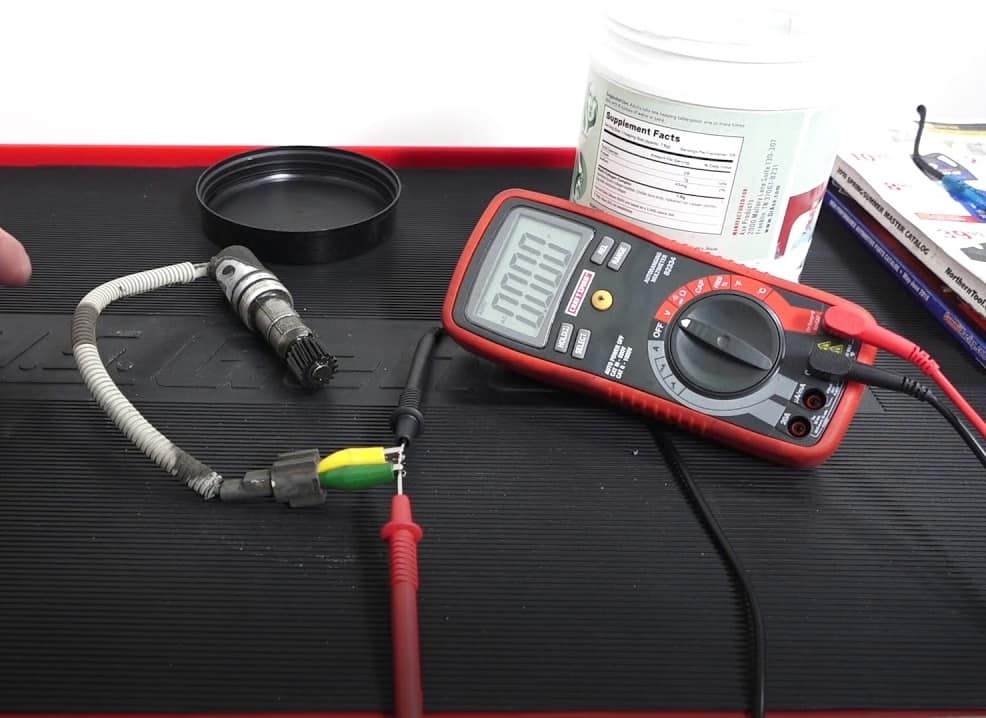
A faulty speed sensor can make the speedometer stop working correctly. The speed sensor helps regulate the fuel flow and also ignition timing. The speed sensor may malfunction and stop sending data to the speedometer. When the car’s computer tries to calculate the speed, it ends up receiving no information.
How to fix the problem
The best ideal thing to do is to replace the speed sensor. This will help solve the problem. The speedometer will therefore be in a better position to indicate speed correctly.
2. The faulty engine control unit
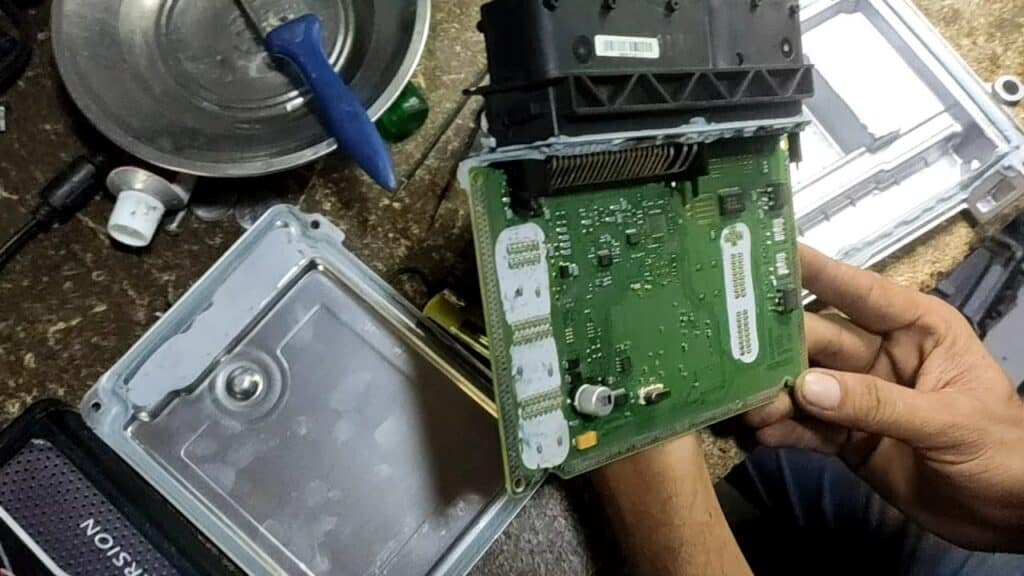
The engine control unit acts as the car’s computer brain. This is because it monitors and controls a lot of engine activations. When the engine control unit has problems, then the speedometer will automatically give wrong readings.
How to fix the problem
The entire engine control unit will require replacement. You can also reset it, but it will only give a temporary fix. Always remember to rotate the ignition key to the auxiliary position once the replacement has been made. This will help the engine to adjust to other engine systems when the vehicle is turned on.
3. Defective wiring
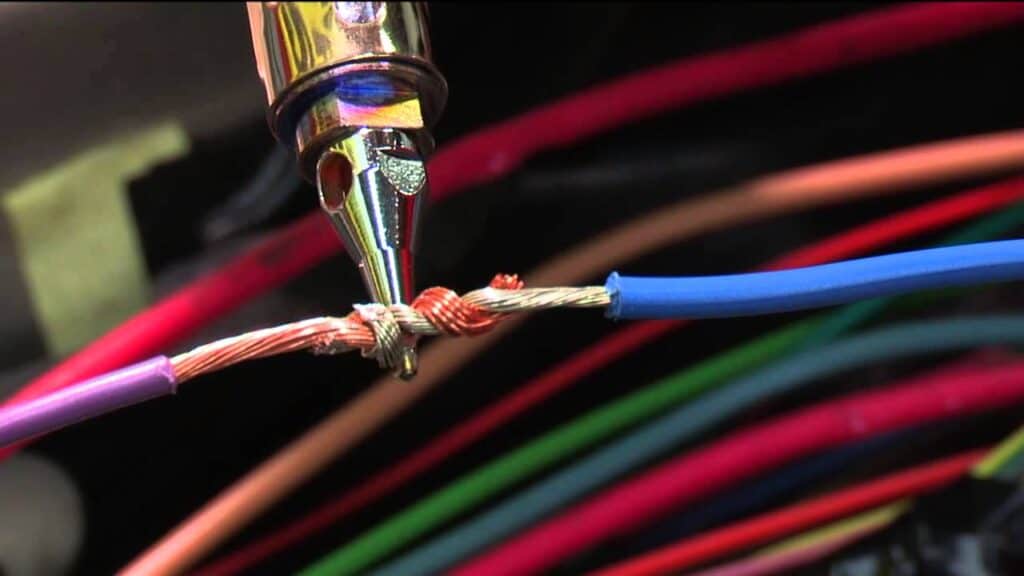
Defective wiring can also be the cause of speedometer failure. The wires can be disconnected or short out hence causing the fuse to blow out. This makes the speedometer stop working. Defective wiring is mostly common on old vehicles.
How to fix the problem
You can examine both the wiring and fuse and replace the faulty ones. This will help restore the speedometer to its normal functionality. You can also remove any dirt which may cause corrosion at a later date. Since a failed speedometer is a safety threat, earlier replacement of the wires is always advisable.
Conclusion
In conclusion, there are innumerable ways to fix a gas gauge or a speedometer that is not working. The above article clearly illustrates the cause of the problem and how to solve it. In case one solution fails, you can always opt for the other one. The tips are easy to follow, and you can fix the problems on your own.
If you find it difficult to fix it on your own, consult an expert. Always go for the most reputable and experienced expert. The unskilled ones will end up damaging your car, thus turning it into a scrape. You can also contact your car dealer for assistance.
